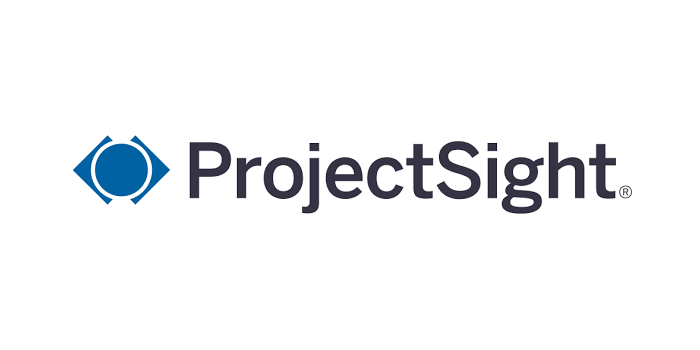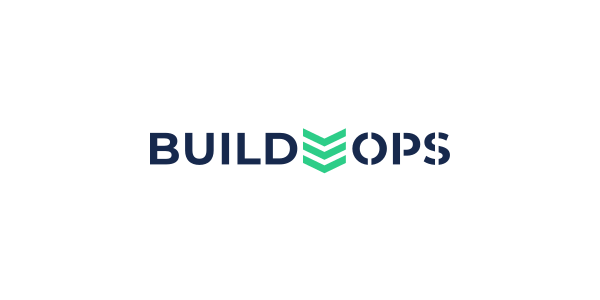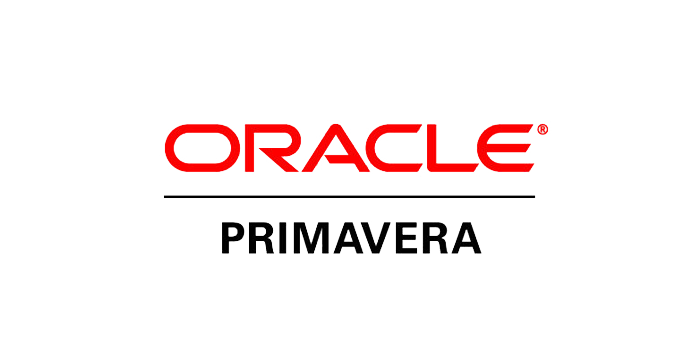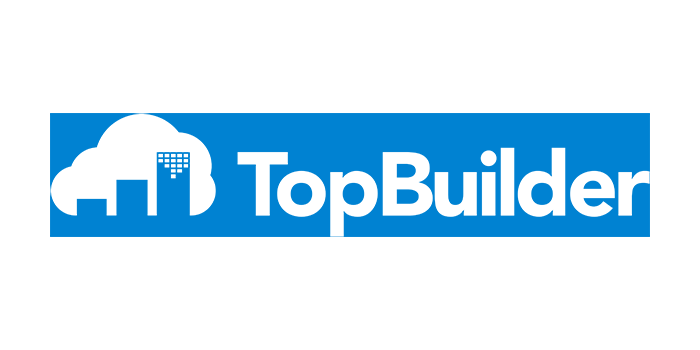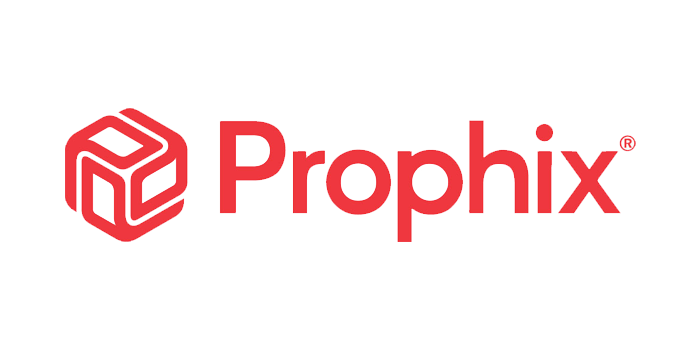As all C-level executives can attest, the lifeblood of any enterprise is visibility. The link between an unvarnished view across all levels of a business and the decisions that are made at the highest level is not a new concept. While visibility across the project portfolio is an area much explored by The Oracle EPPM Board, there are still significant gaps in the quality of the information reaching senior executives. To understand why, we decided to look at the subject from a number of viewpoints not normally considered.
The findings were controversial: those that run organisations are only getting half the story. To discover why visibility in the project portfolio remains impaired – whether this was due to structural issues; a problem with technology; or an issue whose roots lay elsewhere – The EPPM Board dug deeper, and its analysis settled on the following themes:
- Truth and visibility
- Analysing the opportunity, not just the risk
- Clarity into suppliers and contractors
- Project assurance
Truth and visibility
It is a commonly held view among the EPPM community that enterprise leadership teams lack the concise, accurate and meaningful information to help them truly evaluate and analyse their portfolio against strategic imperatives. This is a conundrum when set against the accepted wisdom that visibility is a key ingredient for C-level success. If visibility is this important, why is the quality of the information reaching executives so poor? More importantly, what can be done to augment its flow? Until now the inference has been that it is the responsibility of the executive to improve their processes: that it is they who require the coaching to recognise the benefits inherent in the portfolio. However, The EPPM Board identified another reason senior leaders do not gain the insight they should: the cultural behaviours across an organisation that shape the way issues/problems are reported.
The role of excessive optimism
One of the behaviours shaping visibility concerns excessive optimism. A cultural trend has developed over time, almost by default, whereby executives are supplied only with the headline information they ask for, not the details that are relevant. With that being the case, The EPPM Board believes leadership teams need to look beyond milestone facts and figures and encourage operations teams and the Project Management Office (PMO) to bring the ‘truth’ to the table.
Executives are supplied only with the headline information they ask for, not the details that are relevant.
Research undertaken by the Cranfield School of Management found that, when analysing 400 projects, not one had reported a Red Flag. It linked this to a sense of over-optimism in the planning and delivery stages – what the researchers termed Sustained False Optimism (SFO).
Real-life business research into such optimistic biases in action also showed startling results. Duke University in North America collected over 11,000 market forecasts from CFOs and, when it matched them to actual market outcomes, found a correlation of ‘less than zero’.
Executives should also recognise that the ability to validate the quality of information they receive is partly compromised by a culture among project professionals that looks to solve problems without the ‘encumbrance’ of additional regulations. As soon as a Red Flag is raised – however small the issue may be – these teams understand they will then be judged against additional oversight, administration and reporting requirements, resulting in further obstacles to completion.
What can the C-suite do to alleviate these concerns? The answer is to enact a cultural change, and so gain full and early confidence into the portfolio information they are receiving. One way of doing this is by implementing technologies to increase the amount of anonymous information senior executives can access, through a greater use of apps and mobile devices.
Front page news
Stifled visibility is also magnified by today’s climate of corporate suspicion. Since the banking crisis, corporate motivation has come under greater scrutiny by the world’s media. As the difficulties experienced by security company G4S over its Olympic contract show, the media is not slow to leap upon any capital project failure. The days of only having to deal with the trade press are over. A lack of visibility into the portfolio can quickly escalate into a critical issue and create headline news across the globe. In today’s climate, such stories are not just reported as a sign of mismanagement, but as something that fits into the wider narrative of failed morals and ethics.
Members of the EPPM Board certainly considered fear of the media as another contributing factor to the hesitancy among operations teams to provide early clarity to the C-level.
Culture change
Changing a culture to promote a greater openness and, therefore, increased visibility at the highest organisational levels is not of course only a question of better use of apps and mobile devices. The EPPM Board also identified that senior executives need to pay particular attention to the relevance of the information they are basing their decisions on.
The question of relevancy is why executives from leading international companies, such as Costain, BP America and Western Power, are engaging with EPPM as a discipline. However, while there is increased cross-industry effort to capture and report quality data, it still lags behind the information available on operational metrics.
There was strong agreement across the Board that more effort should be expended in analysing a portfolio beyond simple milestone and budget measurements. These are the simplest of metrics, and will always present a misleading picture of current progress. Judging investments against schedules and cost gives just one small part of the story, with far more clarity gleaned by discovering how they are being delivered. In this regard, the C-suite should interrogate information against questions of quality; the continued predictable nature of a project’s delivery; and whether it continues to be in line with earlier forecasts.
As one EPPM Board member noted on the night, concentrating only on milestones leads to a ‘one eye closed’ comfort zone, with the far more important questions about an organisation’s critical path often left unasked.
Analysing the opportunity, not just the risk
Risk offers two outcomes: success or failure. Operations and delivery teams often concentrate most of their energies on identifying and managing risk, with the result that information available to senior executives is weighted towards what could go wrong.
According to The EPPM Board, judging a portfolio solely on its risk factors ignores the varied opportunities that also reside in that risk: the opportunities of increasing revenues through improved contractor performance, or of changing strategic priorities. According to some, there is now the need to develop opportunity analysis tools (to balance the far more well-established risk analysis tools) that can give just this type of information to executives, as well as perhaps enabling them to actively encourage operations teams and the PMO to report against strategic objectives as well as progress.
Alongside helping facilitate the cultural changes discussed earlier, using EPPM methodology to identify the patterns of opportunity that can be found across a portfolio turns the portfolio into a real asset, producing measurable benefits of greater returns or higher stock prices (as opposed to a collection of different risks). The portfolio can then be viewed as an investment that is able to flex in different directions as the fundamentals behind a strategy change.
Clarity into suppliers and contractors
While suppliers and contractors are viewed as business critical, they are often judged solely against questions of deadlines and cost management. This, however, can lead to the risks they carry remaining unidentified – with executives dismissing visibility into third-party partners at their peril.
With many suppliers and contractors having shed specialist engineering and design posts (while at the same time building up contract management and legal teams), the Board identified a very real capability gap that is often hidden. As a result, it was considered imperative that the C-suite be given visibility into where major suppliers and contractors are taking their businesses, through a greater integration of systems and reporting.
This requirement is even more urgent when considering the findings from a recent Economist Intelligence Unit survey3 into asset-intensive industries (covering chemicals, oil & gas, utilities, mining & minerals and infrastructure). It found that only 51% of respondents rated themselves as effective at delivering projects to scope, budget and schedule when confronted with change – relying on their contractors to take on this responsibility. But is it possible (or even sensible) to trust partners to this degree if your knowledge of them is incomplete?
An example of where better visibility may have helped is found in CITIC Pacific Mining’s recent announcement that its Sino Iron Project was behind schedule4. While the company cited extreme weather as a contributing factor, it also admitted that the ‘inexperience’ of main contractor MCC was an issue. Better visibility into MCC would have revealed that while the contractor was skilled in the Chinese market, it lacked the experience to undertake complex investments in Australia.
If the C-level is to have confidence in its supply chain, visibility must stretch beyond the information held within its own organisation. As the above example attests, this level of visibility supplies an appreciation of future market conditions beyond the own horizons of senior executives, allowing them to make strategic decisions on the suitability of third-parties that goes beyond mere cost.
An impartial opinion
The final theme highlighted by The EPPM Board concerned project assurance, which can be driven through increased visibility across the portfolio. Project assurance is an impartial assessment of both hard skills (tools/methods) and soft skills (leadership/ people management) that identifies what needs to be done to ensure a capital investment is implemented successfully, and the risks which may preclude this. Used properly, project assurance does not just analyse investments on their own, but against the effects their success and failure will have across a portfolio. Professional services company PwC reports that, on average, a quarter of all major change programmes fail completely, while a failure to deliver against all targets is found in around three quarters5. If these figures are accurate, they show exactly why visibility-driven project assurance is a critical element to managing the overall health of a portfolio.
Project assurance looks at three areas:
- The business – that the costs, benefits and business case remain viable
- The users – that their needs are actually being met
- The technology – it delivers what is required and can scale if appropriate
Where organisations have fallen down to date, however, is in finding a way to successfully deliver an analysis that is independent, based on robust project portfolio management methodology, and which also takes into account the concerns of the executive. This is where the overlap with the potential new role of Chief Project Officer comes in. The post combines the EPPM capabilities to ask the right questions of delivery teams with the strategic understanding to interrogate and present the data in a way that is relevant to the C-level leadership team.
Summary
While the need for full visibility across an enterprise has long been acknowledged, poorquality information continues to plague the C-suite. Put simply, senior leaders suffer a lack of candour from operations teams and the PMO. This is partly through a culture that suspects the raising of a Red Flag will produce more onerous operating conditions; and a growing wariness of the media.
These two elements together have produced an outcome whereby company boards have become over-reliant on information focused solely on milestones and budgets, rather than analysing it against consistency of delivery; quality; and past forecasting. In many ways, it is not so important when something is delivered, but how.
The global nature of the world economy has undoubtedly contributed to its current volatility. Companies are increasingly interdependent and troubles among external partners can spread easily.
As a senior executive, you have to ask yourself the question: do I have a clear view of the impact my suppliers and contractors have on my enterprise? Visibility can also drive project assurance, which, by providing an impartial opinion of the health and direction of a project portfolio, not only arms the C-level with the ammunition needed to make the right decisions, but can also produce real benefits in areas such as increased revenues and rising stock prices.
Finally, organisations need to move away from considering the portfolio as a series of risks to be managed, but instead to view it as a combination of opportunities that – considered together – form a powerful strategic asset.
About The Oracle EPPM Board
The Oracle EPPM Board is a prestigious international steering group of senior industry executives, academics and commentators. It has produced a number of reports highlighting how the C-level can successfully prioritise and manage the project portfolio, ensuring it remains a strategic asset.


